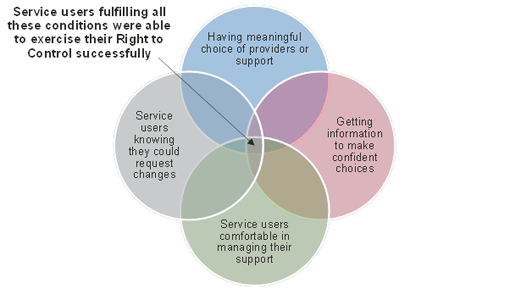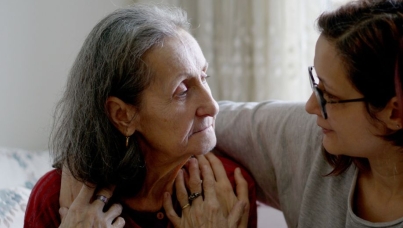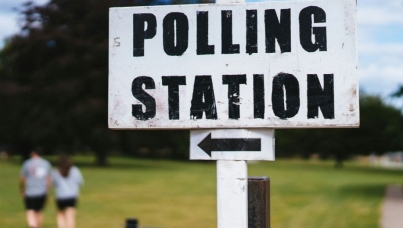Freedom to choose - it's harder than we think

Mike has recently been in an accident and can no longer climb stairs. He is awarded a Disabled Facilities Grant by his local council to fund a downstairs toilet in his house. Mike gets the choice to use one of the Council’s contractors, or take a direct payment and arrange the work as he wants. He knows a local builder who can work to a schedule that suits him, so opts for the latter. He maintains his independence and is happy with the result.
This is how choice in public services should work and is clearly something people desire. Eight out of ten of those surveyed by Ipsos for the Boyle Review say choice in public services is important.
James is in the same situation as Mike but doesn’t know any local builders. He’s worried about cowboy builders, so would rather leave it to the council. James doesn’t feel like he has been offered real choice and doesn’t feel in control.
Our evaluation of the Right to Control provided valuable insights into why some people end up like James rather than Mike. The Right to Control was a government pilot scheme that gave disabled people who were eligible for certain types of government support the legal right to choose how they received this support. In theory, they could ask the council or Jobcentre Plus to arrange the support of their choice, take a direct payment and arrange it themselves, or continue with the existing standardised support. In practice, most people stuck with the standardised support.
Where people chose to do something different, they often received highly tailored support that wouldn’t have been possible before the pilot. So why didn’t more people do this? We identified four prerequisite conditions for people to exercise choice and control that were often not being met.

First, and most obvious, people need to be aware that they can request changes. We found that local agency staff were enthusiastic and willing to look into alternative provision when asked, but many disabled people were unaware that they could ask, or lacked the confidence to ask.
Second, the choice offered needs to be meaningful. Often this was not the case, either because there was no local provider offering the specific service needed, or because the choice offered was not what people wanted to choose. This is best demonstrated with an example. One dyslexic person we spoke to was offered a choice of spellchecking software to help them in their workplace, but the choice they really wanted was to put the funding towards face-to-face tuition, which could help them overcome their disability in the longer term.
Third, people need information, advice and guidance to make the right choices. Many did not have the information to assess the risks and benefits of different options, or to identify reputable providers, as in James’s scenario. They also wanted to learn how others had exercised choice.
Finally, people need to feel confident in managing their support. Direct payments effectively turn some people into employers, dealing with things like payslips and National Insurance. Some of the people we spoke to had found the experience stressful, since there was not always support in place to help them manage their new responsibilities.
While the Right to Control explored choice in social care, housing and employment support, it is clear from the Boyle review that these four conditions apply more widely to other public services. In particular, Boyle draws out the lack of access to information, and the lack of signposting and interpretation of that information as barriers to choice in healthcare and education as well.
So how do local agencies achieve these four conditions? There are relatively small improvements that could make a difference, such as having clear communications materials that explain the choices people are entitled to, approved provider lists and ballpark quotes to guide people, and case studies showing how others have exercised choice. There are many good examples of better information in social care, such as the Your Care Rating service to help people choose care homes, which Ipsos has helped to develop.
There are also more substantial changes needed. Local authorities and other public services need to actively develop their provider markets, enabling new providers and new services to enter. There also needs to be a greater emphasis on support planning discussions between staff and service users, so both parties can agree on the right support, and people can feel they have had meaningful choice.
The Right to Control evaluation has shown these changes take time. They require on-going leadership and commitment from local agencies. Local co-production – involving disabled people in designing communications materials, and in training staff to conduct good support planning – was also found to be extremely beneficial. While these changes won’t happen overnight, they should help in the long run to realise more scenarios like Mike’s.



